Trying to capture the feel and style of days gone by is a difficult task, but it’s a challenge indie developer Stingbot Games set for itself with its debut title, The Forbidden Arts.
The game is a mix of high-fantasy and sidescrolling action, with a smattering of RPG and a touch of collect-a-thon panache. In it, you take control of Phoenix, a young man who accidentally stumbles into a large, dangerous world when he finds out the power of the Forbidden Arts resides within him.
It’s a compelling setup that, unfortunately, falls prey to the traps of recreating yesteryear’s glory, incorporating style and mechanics that were better off staying in the past.
You’re a Wizard — Now Save the World
The story found here may be minimal, but serves its purpose.
There are a number of elements in the world of The Forbidden Arts — earth, fire, air, and the other usual suspects, but then death gets thrown into the mix. It’s a bit of an odd addition since it doesn’t fit with the rest, and that sense of things not quite meshing the way they should stays with you for the remainder of the game.
According to the story, each element once had a segment of practitioners specializing in that element, but the Necromancers were the most feared because they sought to replace natural life with life gained through death.
Unfortunately, the narrative is mainly unimportant. It’s the stuff of high-fantasy novels that might entertain but doesn’t always astound.
You basically know what you’re in for as soon as you start learning about the game world. It acts as a decent background for the rest of the game, and sometimes, running around in a world full of elves is all you really need, but it ultimately doesn’t quite click.
A Bit Too Familiar
Unfortunately, The Forbidden Arts doesn’t offer much for those who don’t want to just run with elves, and the gameplay actually makes it difficult even for fantasy lovers to fully enjoy it.
One of the first things you notice about The Forbidden Arts is how game-y it is. That might seem like an odd criticism to level at a video game, but it’s a prime example of the off-kilter balance of The Forbidden Arts.
The game opens with Phoenix waking up and talking to a guard, who then promptly tells Phoenix things he should already know about the area surrounding the place he’s lived. Shouldn’t the protagonist already know where the local witch lives?
Take the map as another example. When you aren’t in a town or exploring an area, you roam a 3D map. You can easily see the second main area from the beginning — the old mines — on your way to the witch, but naturally, you can’t access it.
After clearing the initial quest and gaining the power of flame, you’re supposed to head to the mines, but you find you now can’t leave the first area until you clear it because this is a game and that’s what the developers want you to do.
These are things you’d expect from an NES-era game or maybe if Phoenix were an amnesiac protagonist or if the whole map didn’t look accessible, but this isn’t and he isn’t and it isn’t. These quirks set the imbalanced tone for the game’s general style, which are only exacerbated when the game’s antagonists, the Dark Elves, randomly appear after a bit of basic plot.
There’s no denying plenty of games used to play out like this, and you do feel like you’ve stepped back in time when you’re playing The Forbidden Arts. But that doesn’t mean revisiting outdated presentation and design is consistently fun either.
We don’t see many of these things in modern gaming for a reason.
Run Away
There are some issues with combat as well, namely that it isn’t worthwhile and can be completely cheesed.
Most enemies can be dispatched by mashing “Y” for your basic attack, during which time they can’t counter. Some are stronger and break your attack cycle with their own charged attacks, but you can take them out from a distance with an elemental attack, thus avoiding damage entirely. Others are only weak to a certain element, but even then, they aren’t hard to defeat.
The easiest way to avoid damage, though? Double jump over every enemy and keep running. You can do that throughout the entire game for almost every enemy, which makes all of your abilities and magic mostly redundant, to say nothing of the combat system itself.
Finding novel ways to avoid enemies and progress through each level quickly is, again, characteristic of older games. However, being able to bypass most of the game this way seems a slightly bizarre design choice, especially when it makes the game’s chief feature — using elemental attacks — entirely unnecessary.
Are We There Yet?
Jumping is something you’ll be doing a lot of throughout The Forbidden Arts. Stages are multi-level affairs, with lots of ledges to climb, walls to scale, and gaps to leap. Despite other weaknesses noted, it’s easy to notice the strength of design here.
Gaps and jumps are measured with great precision, so executing a jump at just the right moment clears those seemingly impossible leaps or propels you to that ledge just out of reach.
While the platforming aspect is executed effectively, it does get somewhat repetitive over time. Stages don’t mix up the platforming very much, except with some basic puzzles here and there, and each stage is fairly long, too, so it all becomes a bit stale after a short while.
That’s exacerbated by the fact that most levels trend towards the rather plain, with huge blocks of earth or stone taking up most of the screen in each stage or the main action area just being a flat plane of color.
The game’s pre-release screenshots suggest The Forbidden Arts has a fair bit of 3D gameplay as well. That’s not actually the case.
3D is limited to moving around the overworld map, and there’s not much to do there. It’s a shame, because the 3D parts are much more attractive in their presentation than the 2D areas, with more to see, more color, and more variation in general.
One nagging issue when exploring the 2D environments is the map. Expanding it isn’t an option, even though the stages have multiple paths leading to dead ends or gold, the latter of which acts as the game’s collectible item.
You can use it to rebuild certain towers on the world map if you collect a certain amount of it, but the trouble is in getting to them. The game’s dummy paths are long as well, and Phoenix doesn’t move very quickly, so getting to paths that end in gold can get irritating the more you play.
Repeat Track
Finally, let’s talk about the audio.
There’s some good variation in tracks throughout the game, but most are far too short. Many tracks seem like they are more appropriately sound bytes than full soundtrack pieces. You’ll spot loops very quickly and turn the volume down even faster.
Pros:
- Effective fantasy setting
- Well-considered platform design
Cons:
- Tedious levels that border on bland
- Comes across as artificial and padded more often than not
- Combat system needs work
The Forbidden Arts is a testament to how fickle nostalgia can be. There’s a good reason some aspects of game design have fallen by the wayside over the years. We may remember them fondly, but it’s often the case that they just don’t work anymore.
That being said, your mileage will vary with The Forbidden Arts. If you don’t mind some of its less appealing quirks and are just looking for a basic platformer with a fantasy setting, then this might be for you after all.
Everyone else would do better looking elsewhere.

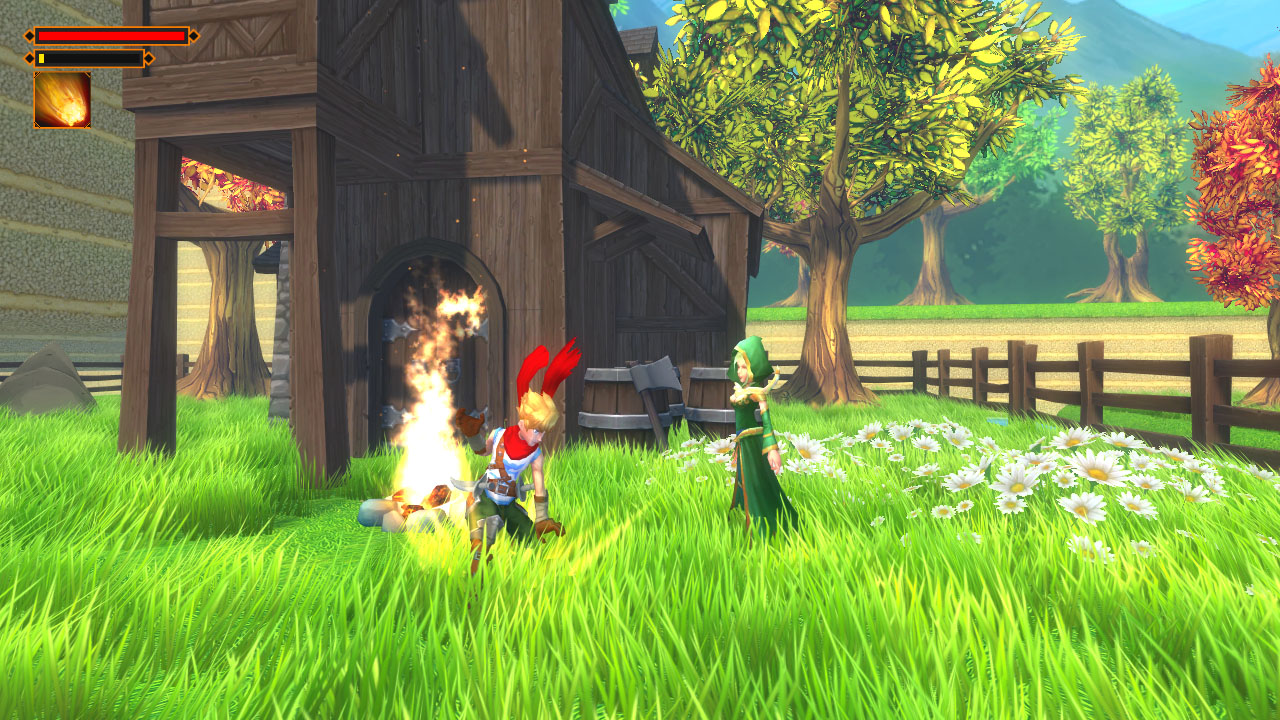
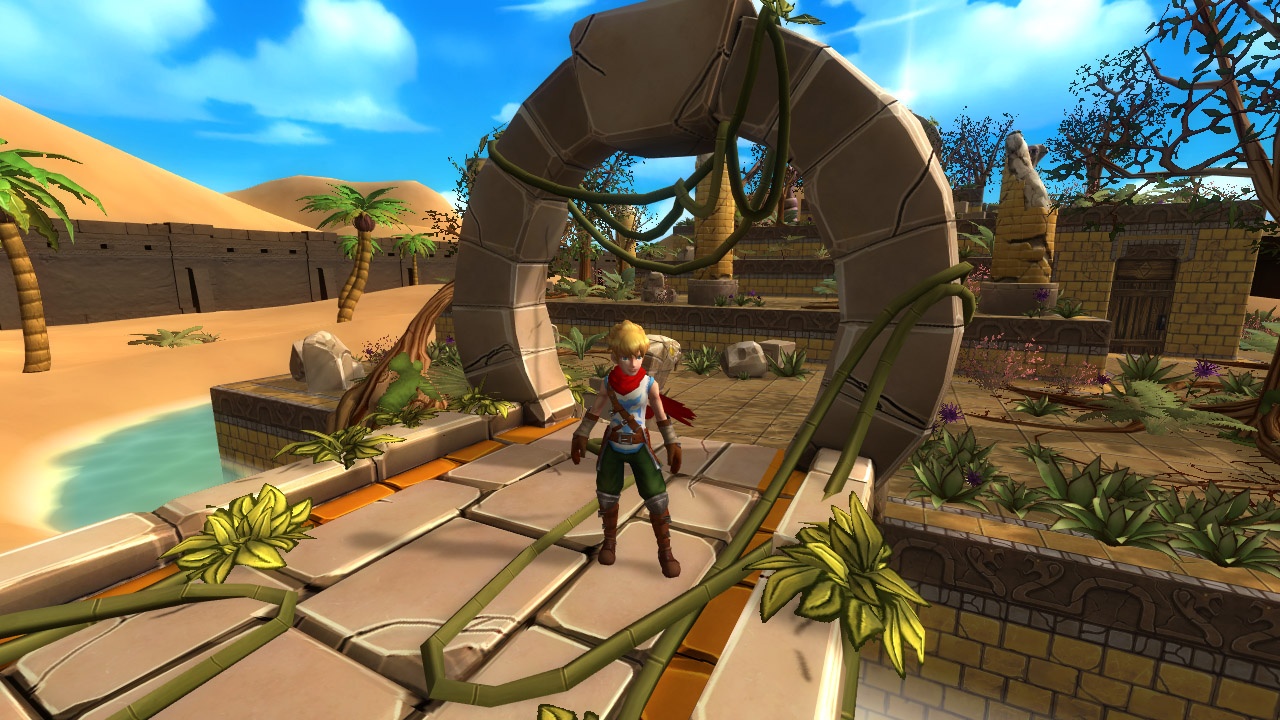
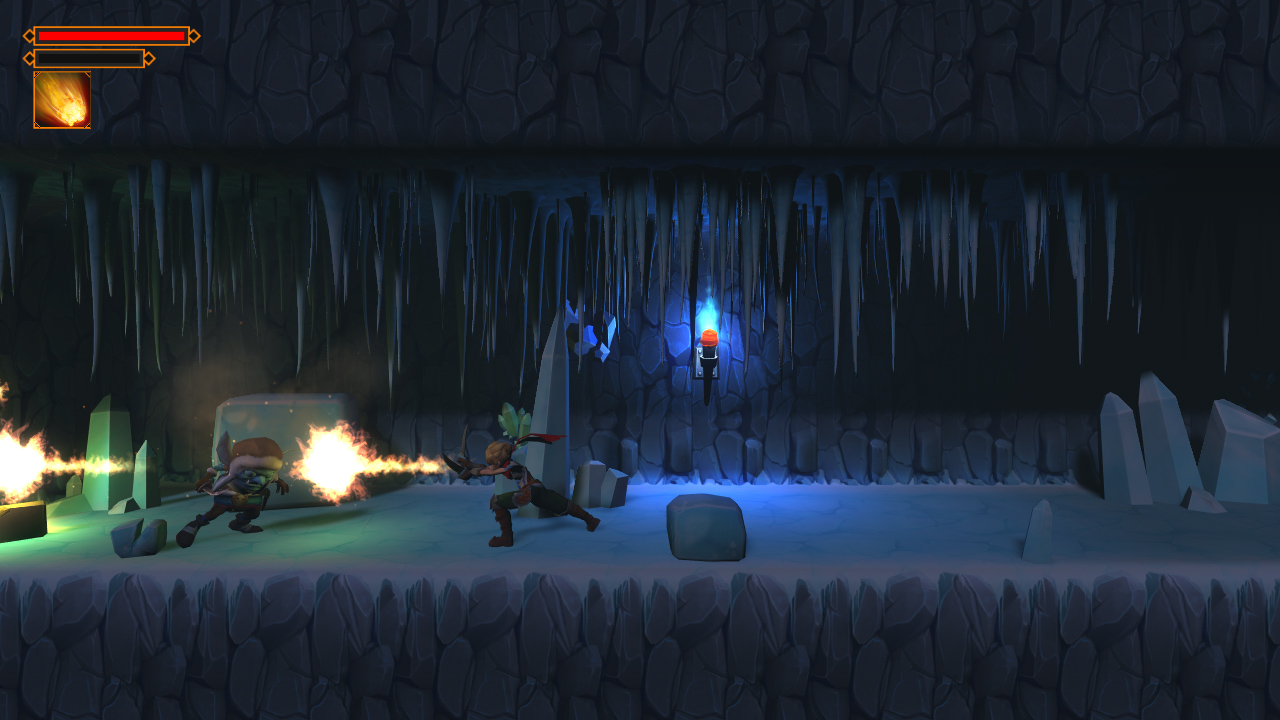
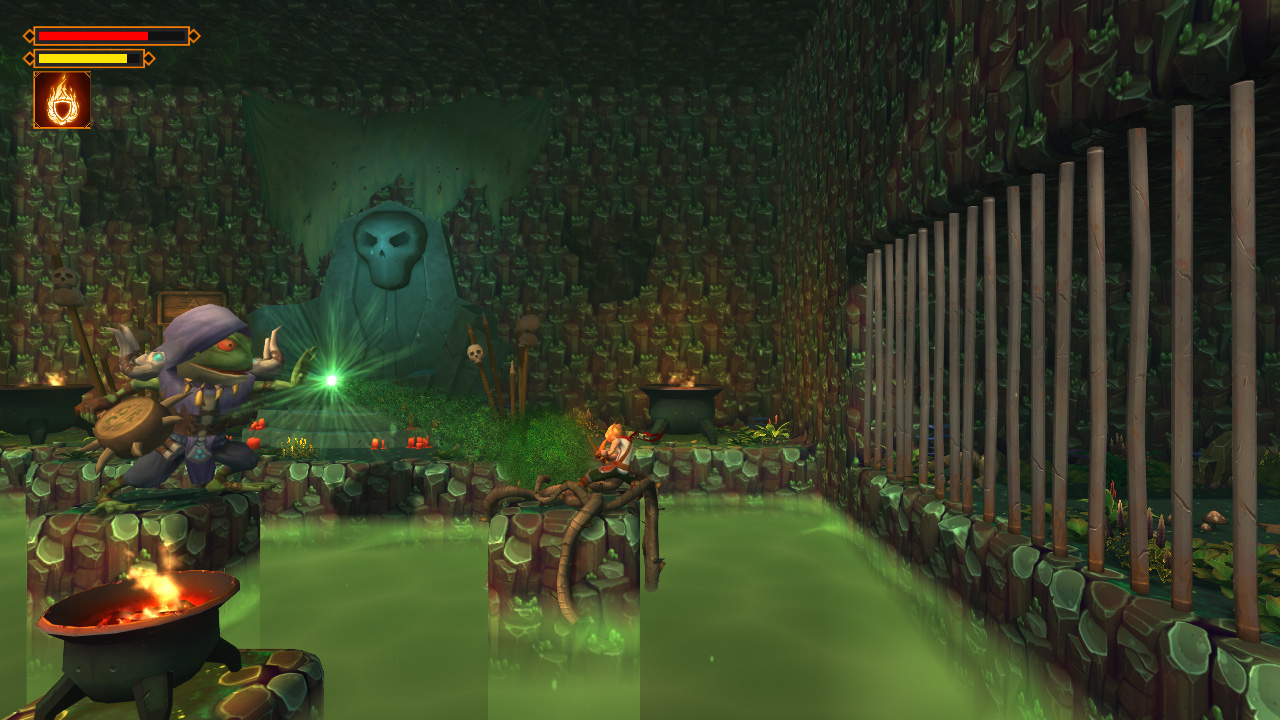
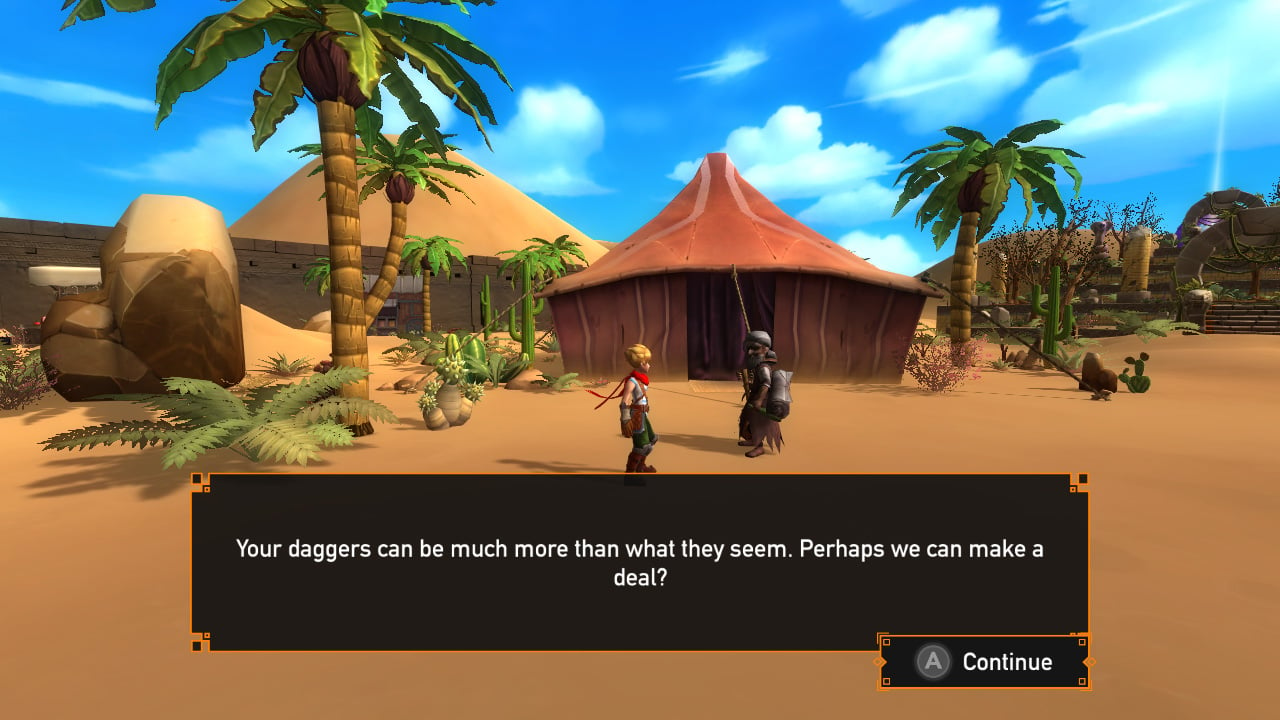
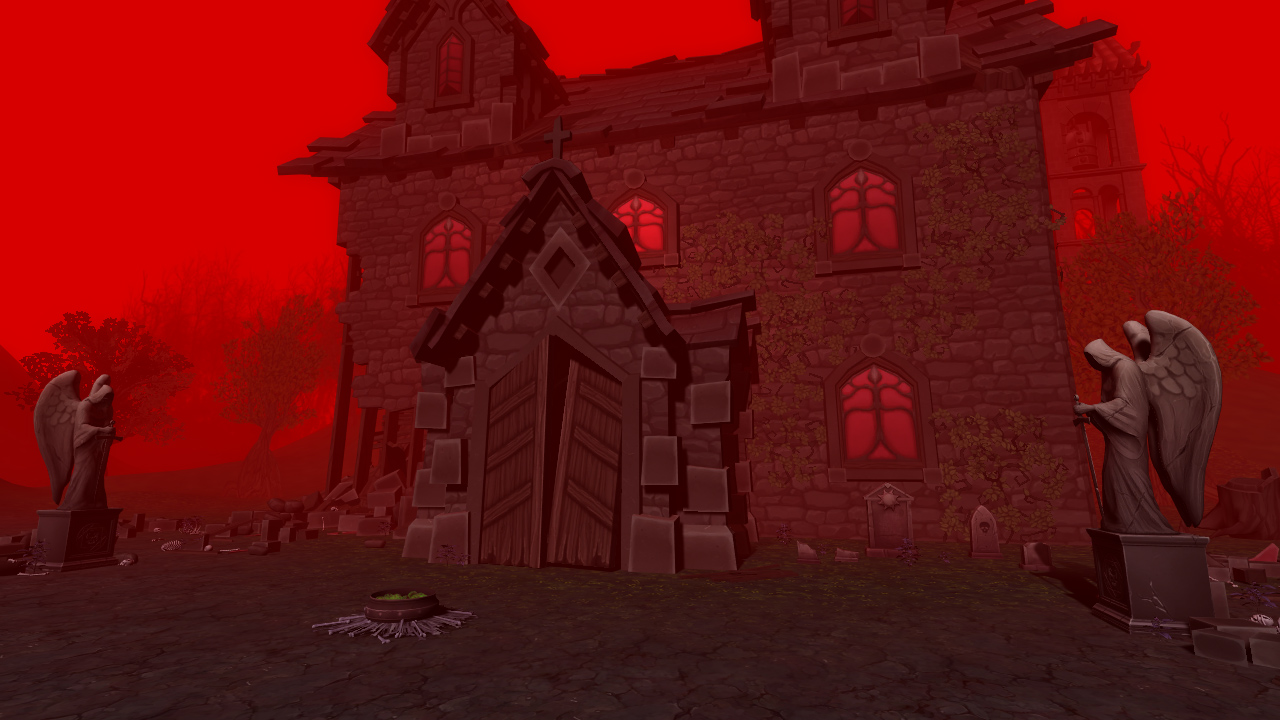








Published: Aug 5, 2019 01:43 pm